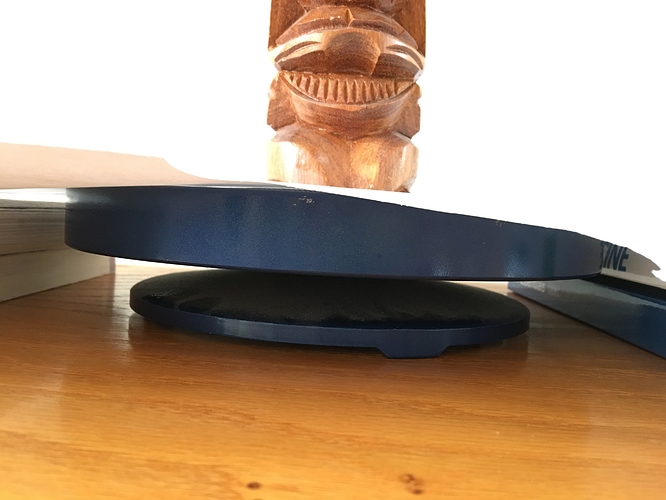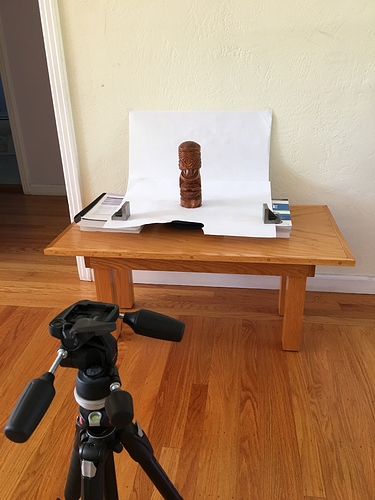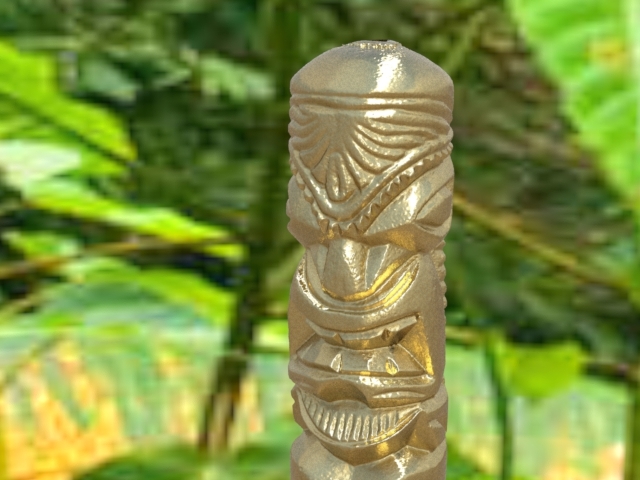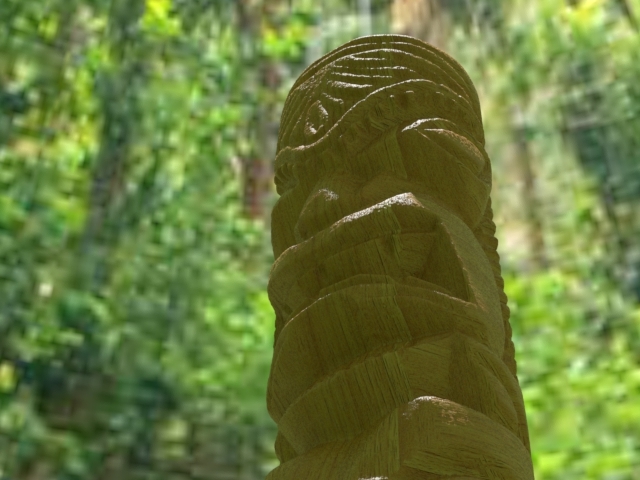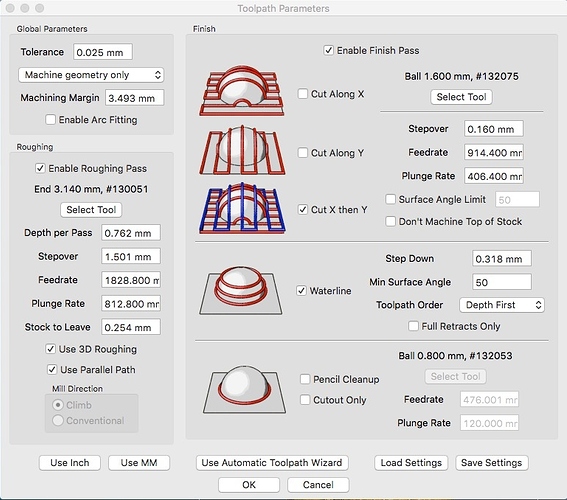Greetings,
I will be purchasing a Shapeoko XXL CNC Router in June or July of this year
Application:
I would like to be able to sculpt a Bas relief Master pattern, the thicknesses could vary from 3/4 to 1/4 inches thick, overall size will vary, after I produce the Master Pattern I then need to digitize it.using the Shapeoko CNC Router which would be adapted with an aftermarket digitizer…From there I want to be able to take the digitized files that I create using the Shapeoko CNC Router of what I’ve sculpted in bas-relief and reproduce them in variety of sizes in wood or other materials…
Question: Does anybody have any experience using / adapting a Shapeoko to work with an aftermarket digitizer ?
Examples
http://larkencnc.com/probe.htm
Laser scanning, touch-scanning / digitizing
Scan 1000 Pro
Sensor-Scanner 3D for solid materials.
The scanning sensor by CNC-Step works with a precision of 0,05mm. In connection with software WIN PCNC you will be able to scan objects directly on the machine. Objects can be as large as the traverse path area of your machine with a depth of max. 30mm. All data can then be used to produce further prototypes.
with a precision of approx 0,03-0,05mm absolutely reliable for most applications. Since 10.2005 all our High-Z units are equipped with a connection plug. WIN PCNC supports the scanning device with ease and simplicity.
Thanks
